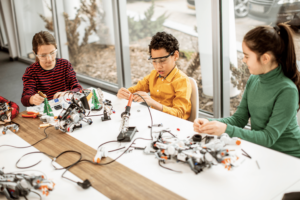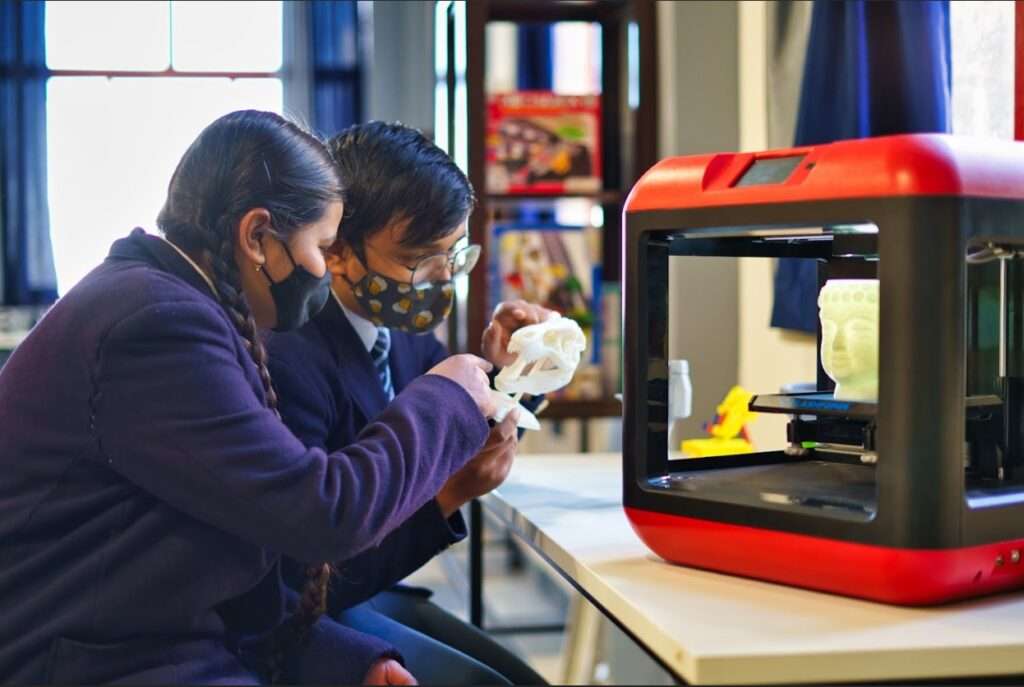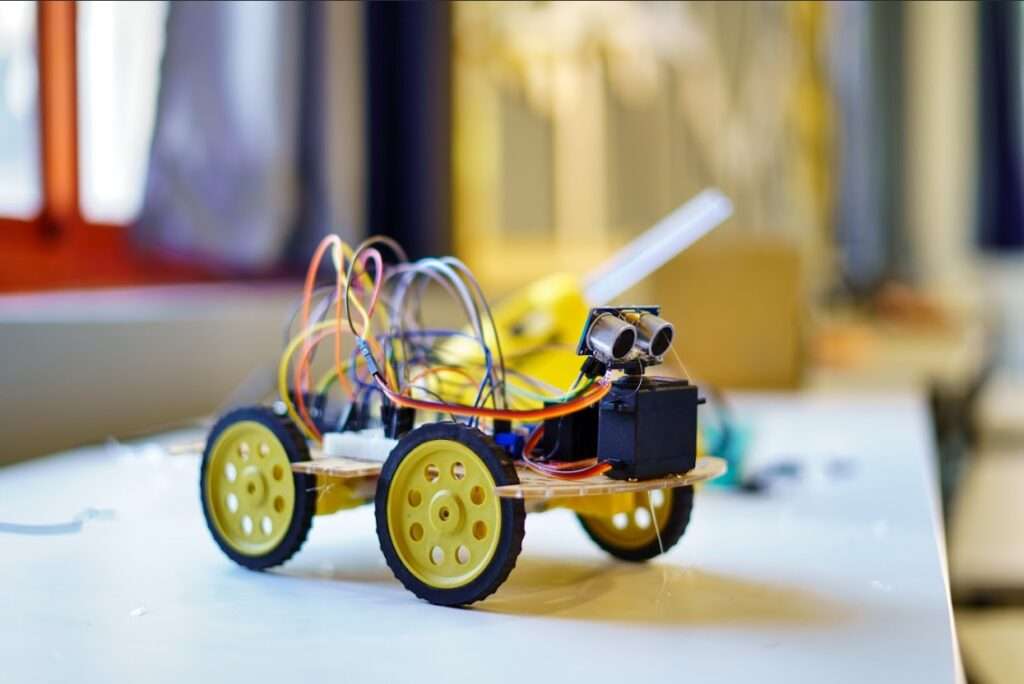As the world moves toward high reliance on technology and innovation, STEM education—an acronym for Science, Technology, Engineering, and Mathematics—stands tall as the edifice of learning and equips the person with tools to maneuver through and prevail in the contemporary world. Essentially, STEM education does not mean just teaching these subjects separately but is the fostering of an interdisciplinary approach toward the pursuit of critical thought, problem-solving, and real-world applications. Its significance in shaping tomorrow’s leaders, thinkers, and innovators is indescribable.
What is STEM education?
STEM education goes beyond the boundaries of traditional classroom learning. It focuses on blending the four disciplines—science, technology, engineering, and mathematics—into an integrated curriculum. Instead of treating these fields as separate silos, STEM education encourages students to explore their interconnections. For instance, understanding the principles of physics (science) can be essential in designing an efficient bridge (engineering) using modern tools (technology) and calculations (mathematics). Such a rounded approach aims at inciting curiosity and creativity in learners while getting them to question, experiment, and resolve problems using innovative approaches. It seeks to teach not just theory but also empower students to practice applying that theory in real situations.

Why STEM Education Matters Today
The 21st-century landscape is characterized by rapid technological advancements and unprecedented global challenges. STEM Education program is, therefore, at the head of addressing these realities in preparing individuals to adapt and excel in a world that requires innovative solutions and a tech-savvy workforce. Here are some of the key reasons STEM education matters today.
- Fostering innovation occupies the core of STEM education. STEM professionals are helping move the world forward by creating new technologies and finding sustainable energy sources. Creating an environment that cultivates creativity and experimentalism, the STEM Education program provides the bedrock for future innovations that will benefit humankind.
- Equipping Students for In-Demand Careers The demand for STEM-related jobs has skyrocketed in the last few years. Fields such as artificial intelligence, Biotechnology, data analytics, and renewable energy are growing rapidly, creating well-paying and fulfilling career options. STEM Education program serves as a bridge to closing this skills gap, ensuring that through the education in those fields, students are transformed with skills that satisfy the demands of the job market.
- Encouraging Problem-Solving and Critical Thinking STEM education emphasizes hands-on learning along with problem-solving skills. Whether designing a robot, synthesizing environmental studies data, or programming an application, students learn to approach challenges with a methodical and analytical mind. These skills cross over into immeasurable yards found in the world today.
- Facing Global Challenges The complex world, including climate change and public health emergencies, begs for innovative solutions. STEM education is a channel willing to capacitate those ready to assist and contribute to such endeavors. For instance, engineers and scientists work together to create sustainable infrastructure, while mathematicians and technologists apply their skills to develop predictive models for disaster risk management.
- Promoting Diversity and Inclusion STEM education can eradicate the challenge of creating an environment where inclusion is enhanced. By encouraging participation from underrepresented groups, such as women and minorities, the diversity of STEM fields would enhance creativity and bring forth a variety of perspectives and ideas. This inclusivity, as a consequence, opens the door to innovation from which societies would benefit.
How STEM Education Works

One of the hallmarks of STEM education is the emphasis on experiential learning. Schools and colleges and, in some cases, online platforms adopt out-of-the-box teaching to make STEM education entertaining and impactful. Here are a few other means by which STEM finds its way into teaching:
- Project-Based Learning: Projects that require students to use STEM concepts to solve real-world problems. For example, designing a solar-powered car or building a smart irrigation system.
- Industry Collaboration: Partnerships of educational institutions with industry give students exposure to the latest technologies and practical applications of STEM.
- Technology Use: Using exciting and interactive platforms—virtual labs, online coding platforms, and 3D printers—makes the learning process engaging.
- Competitions and Events: Science fairs, hackathons, and robotics competitions allow students to innovate and think creatively.
The Future of STEM Education
As the world keeps morphing, the relevance of STEM education continues to intensify. The infusion of artificial intelligence, machine learning, and other emerging technologies in daily life presents fresh opportunities and challenges. STEM education, therefore, needs to reinvent itself to accommodate these transformations to equip learners with the knowledge and skills that remain current. In addition, the future of STEM education will be framed under the tenets of sustainability and global citizenship. Students will be encouraged to come up with solutions that are, besides being innovative, ethical and environmentally sound.
Embracing STEM Education for a Brighter Future – Start Your School’s Journey Today!
It is not merely an academic framework; STEM education prepares one for the future in a transformative sense. Such critical thinking, innovation, and, thus, preparing for the future will allow individuals to contribute positively to society. Hence, the contribution of these children to society as leaders and problem-solvers will be undeniable. Indeed today, though, value in terms of future prospects for STEM education is absolutely there. Under a commitment to go forward, funding the STEM program development for academic institutions, parents, policymakers, and learners will be the ones to take on the stars in creating a new, brighter, more innovative, and sustainable future for all. We take on STEM education in the end, but not as a means to an end-it’s a journey where the doors open into possibilities. Book a free demo with makers’ muse to know more about STEM Education















